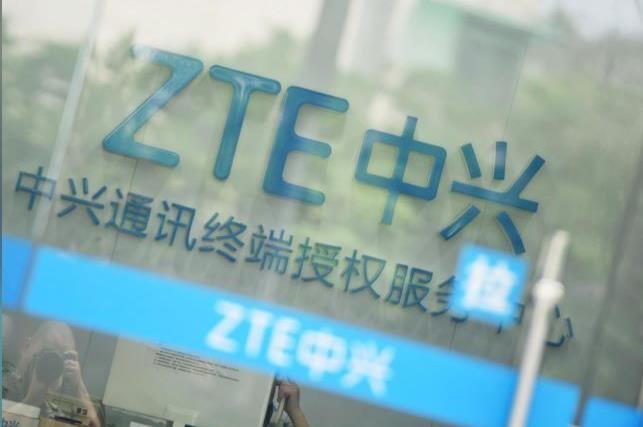At MWC Shanghai 2019, ZTE is showcasing its latest commercial developments of end-to-end 5G technologies.
The highlight of the demonstration will be “Enabling 5G networking with four basic operations of arithmetic – addition, subtraction, multiplication and division”
Addition refers to components such as +MEC to achieve activation edge and +AI to add intelligence to the network. ZTE MEC supports integrated access of wireless and fixed networks, as well as 4G/5G/WiFi multiple systems providing open wireless sensing capability for 5G industrial applications.
The Subtraction component refers to the UniSite minimized site solution that is designed to build a “supreme simple network,” that provides differentiated match solutions for various scenarios, such as dense urban areas, indoor areas, hot streets, general urban areas and high-speed railway tunnels.
The multiplication aspect refers to the idea that the 5G network is multiplied by the vertical industry. Combined with AI, cloud computing, big data, edge computing, and the Internet of Things, 5G is applied to all vertical industries to expand the new blue ocean of 5G services.
The Division component primarily aims at the use of network slicing to realize network reuse, reduce the costs of network construction and O & M, decrease error application versions and increase the online speed.
ZTE also announced the latest achievements and series of 5G terminals in the fields of 5G end-to-end solution, 5G & 4G full-scene coverage, 5G commercial deployment, AI network intelligence, on-demand network, 5G open ecology and featured industrial applications.
The Ultra-band Radio (UBR) integrates three mainstream frequency bands: 900 M, 1800 M and 2100 M, so that the number of site equipment is reduced by 2/3. Coupled with the built-in combiner RRU, the single antenna can provide the site deployment of Sub3GHz in 2/3/4/5G multi-frequency band to achieve the simplest antenna deployment. The company said.
Oriented at the long-term coexistence and integrated evolution of 4/5G, the first industry base station that supports both 4/5G dual-mode and 5G NSA&SA dual-mode is launched. That is, a set of 3-mode hardware network helps the operator achieve a long-term development.
In addition, to meet the requirement of operators for sharing and co-construction, the dual-200 MHz large-bandwidth and high-integration base station is launched to save the overall network investment and accelerate the commercial use of 5G.
To integrate the network architecture into a simple one, ZTE launched an ultra-large-capacity all-standard IT BBU platform, supporting multi-mode network integration and long-term evolution with the simplest baseband.
ZTE also launched the first commercial 5G Common Core in the industry. It supports 2/3/4/5G/fixed full integration and full access, 3GPP R15 SA and NSA, and saves 40 percent investment for the carrier.
In addition, the Chinese equipment maker is offering a simplified and flexible transport network featuring highly integrated all-in-one product. The traditional protocol architecture is simplified from six layers to four layers so that the service provisioning is quickly implemented. Various innovative network automation technologies are employed to achieve quick fault locating.
The self-developed 3-in-1 chip integrates FlexE, NP (Network Processor) and SA (Switching Access) to reduce the equipment power consumption by more than 40% per Gbit.
ZTE has collaborated with more than 60 operators worldwide in 5G and has more than 200 strategic partners covering smart manufacturing, new media, Internet of Vehicles, and smart grid.

